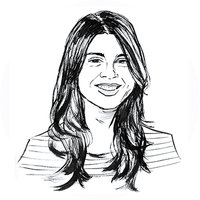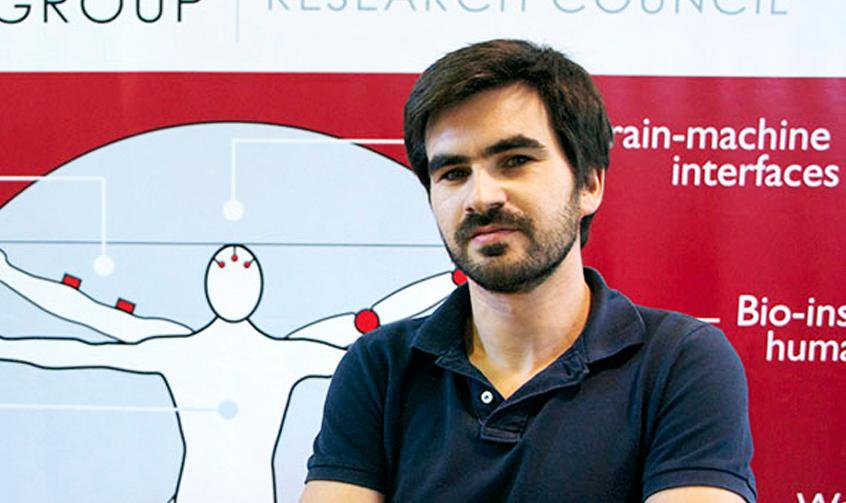"No child can learn without playing. So what happens when some of the child's playing capabilities are restrained, for example in children affected by cerebral palsy, which limits their movements and affect their cognitive capacity? “Unlike a stroke, whose effects can be more clearly established, cerebral palsy can take very different forms: some children may walk, some may not; some may use a computer interface, some do not,” explains Rafael Raya, a young innovator with a PhD in Bioengineering from the University of Alcalá (Spain). That is why that rehabilitation must be tailored to each child through special tools like those developed by Raya, expert of man-machine interaction and rehabilitation robotics.
Well aware that children learn the physical relationships between objects and the interpretation of the information collected through their five senses by playing, Raya developed a “rehabilitation game” called PALMIBER, a toy vehicle especially adapted to children with cerebral palsy. First, it has a security mechanism, which detects obstacles, to avoid “accidents.” Secondly and more importantly, it can be driven through a variety of controls, each corresponding to a specific “level” in the child's learning process. The basic level is represented by a single button, activating the vehicle for a short duration of time. It allows the child to understand the cause vs effect relationship of any action, a key concept governing life. In the second level, the vehicle suggests to choose a direction before taking it. And in the third level, the child can choose the direction by selecting one of multiple buttons.
However, these actions can only be performed by children, which can somehow move their arms. For those who cannot, Raya went one step further, and developed an interface – called ENLAZA –, which can interpret the child's head movements: if the child moves his head to the right, it will be interpreted as a “go right” command. And vice versa. The key advance achieved by Raya and his team is the fact that the interface is inertial, that is to say, it filters out any movements, which are not interpreted as voluntary, such as spasms through a robust Kalman algorithm. Once the child learns the principles of these movements, he will finally be able to explore the surrounding environment, like those who can directly use PALMIBER without the interface. By touching and interacting with the environment around them, repeating the same movement repeatedly, children will slowly develop their cognitive and social skills, and as a result become more autonomous. That is why the impact of Raya's research and product can be a real breakthrough in the rehabilitation of cerebral palsy-affected children. His PhD thesis was awarded with the Best PhD Thesis in Robotics Award in 2011 and Raya is now exploring alternative means of accessing the interface, including eye tracking and muscle activity. Hoping to see the first commercialised product as soon as possible."




